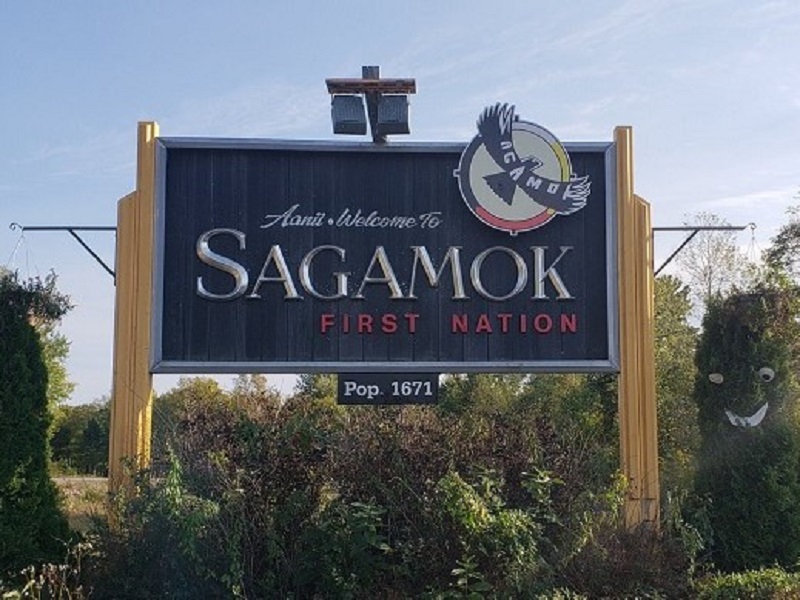
Sagamok Anishnawbek, a First Nations community in northeastern Ontario, is participating in a pilot benefits plan program that provides plan members with access to traditional Indigenous medicines and services.
Located along the north shore between Sudbury, Ont. and Sault Ste. Marie, Ont., the community’s employee base includes fire department workers, school teachers, community planners and community advocate workers. Of Sagamok’s approximately 240 employees, 218 are Indigenous.
When Jeff Moulton, the community’s director of human resources and shared services, presented the new benefits offering to Sagamok’s chief and council, there was immediate buy-in from both parties. “When we set up our annual work plans, part of that process is always keeping in mind the best interest of the Indigenous members. There are 12 determinants of well-being for Indigenous peoples, one of which is the cultural aspect — which includes ceremony, language, medicines — [which] has always been an important focus.”
Read: How employers can use benefits offerings to support Indigenous employees
Before the pilot project, the community’s employee benefits plan didn’t include traditional medicines or services. However, about 15 per cent of its Indigenous workers’ health benefits cost were covered by the federal government’s non-insured health benefits program for First Nations and Inuit peoples, notes Moulton.
Sagamok has different plans in place for Indigenous staff with Indigenous dependants and Indigenous staff with non-Indigenous dependants. It also has two separate plans for teachers within its school system, one that’s available to Indigenous staff members, regardless of whether they have dependants or not, and one with the same benefits but for non-Indigenous staff members, he explains.
The new offering, provided by Maximus Rose Living Benefits Inc. and Indigenous Workplace Wellness, will be administered through a wellness account. As the services procured by the community’s Indigenous workers on the reservation aren’t subject to taxes, the items purchased under the wellness account won’t be subject to taxation — making the benefit work similar to a health-care spending account, says Chris Sanderson, vice-president of operations at Maximus Rose.
The wellness account will give Sagamok the ability to better target its offerings and put its plan members’ health and well-being first, says Moulton, adding it will also signal to Indigenous peoples that benefits providers are accepting the validity of traditional Indigenous therapies and medicines, which are a huge part of the beliefs of these communities.
Read: APTN introducing counselling with Indigenous elders into EAP
In addition, Sagamok recently received funding to purchase two large greenhouses, which will go up this spring. Moulton says the hope is that some of these medicinal ingredients will be grown in the greenhouses, rather than grown by individuals, which can be expensive. As well, plan members can use the HCSA to purchase these ingredients.
Through the plan, Moulton also hopes to expand access to Indigenous wellness resources. “With the trauma these community members still endure as a result of the country’s history with residential schools, these types of traditional therapies and medicines can hopefully be another tool for plan members to use in their path to healing.”
Trauma can affect employees’ ability to cope at or with their work and can lead to disability leave, he says, noting the new benefits offering will be able to provide plan members with another resource to help them cope with the effects of trauma. “Anything that covers the cost of traditional Indigenous wellness services, such as sharing circles or other ceremonies, for plan members would be a wonderful addition and address their holistic wellness needs.”
Although the First Nations community is still fine-tuning the plan details, Moulton says he hopes to start putting it in place within the next few weeks.
Read: To achieve DEI goals, plan sponsors can start by reviewing benefits plans
